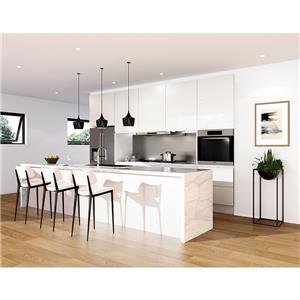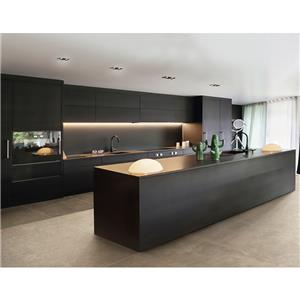The Difference Between Split Sawn and Quarter Sawn White Oak Cabinets
The Difference Between Split Sawn and Quarter Sawn White Oak Cabinets
Introduction:
White oak is a popular choice for cabinets, known for its durability, strength, and stunning grain patterns. When it comes to white oak cabinets, two distinct cutting methods are often used to achieve different grain orientations: quarter sawn and rift sawn. Understanding the differences between these techniques is crucial for selecting the right cabinets that align with your design preferences and requirements. In this article, we will delve into the disparities between quarter sawn and rift sawn white oak cabinets, shedding light on their unique characteristics and visual appeal.
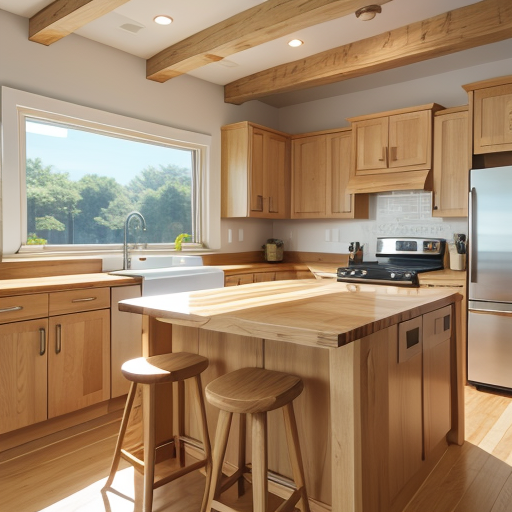
Quarter Sawn White Oak Cabinets:
1.Quarter sawing is a cutting technique that involves dividing the log into quarters and then sawing each quarter at an angle of 90 degrees to the growth rings. This method results in a distinctive grain pattern characterized by straight, tight lines, often referred to as "flecks" or "rays." The vertical grain lines create a captivating visual effect, adding depth and texture to the cabinets. Quarter sawn white oak cabinets have a traditional, timeless appeal and are highly sought after for their elegant and sophisticated appearance.
2.The benefits of quarter sawn white oak cabinets extend beyond their aesthetics. Due to the unique grain structure, they are less prone to warping, shrinking, and expanding compared to plain sawn cabinets. This stability makes them an excellent choice for environments with fluctuating humidity levels, such as kitchens and bathrooms. Additionally, quarter sawn white oak is known for its exceptional durability, making these cabinets a long-lasting investment.
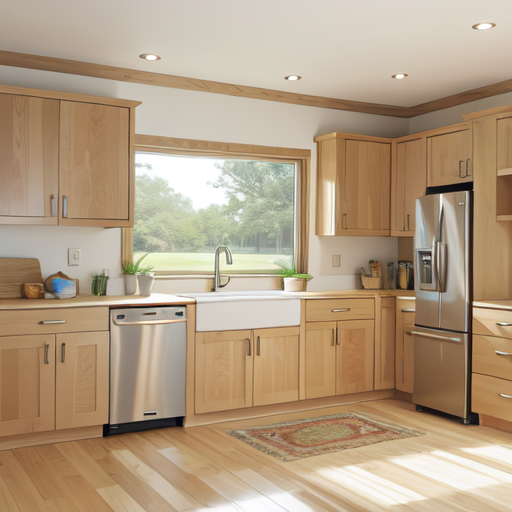
Rift Sawn White Oak Cabinets:
1.Rift sawing is another method used to cut white oak logs. It involves slicing the log at a slight angle, around 30 to 60 degrees, to the growth rings. The aim is to produce a straight grain pattern with no visible flecks or rays. Rift sawn white oak cabinets have a smooth, consistent appearance, with a linear grain that adds a touch of modern elegance to any space.
2.One significant advantage of rift sawn white oak cabinets is their exceptional stability. The linear grain pattern allows for minimal movement and reduces the likelihood of cupping or warping over time. This makes rift sawn cabinets an ideal choice for high-traffic areas or regions with varying humidity levels.
Choosing between Quarter Sawn and Rift Sawn:
The decision between quarter sawn and rift sawn white oak cabinets ultimately depends on your personal preferences and the overall aesthetic you wish to achieve. If you favor a more traditional, decorative look with pronounced grain patterns, quarter sawn white oak is an excellent choice. On the other hand, if you prefer a sleek, contemporary appearance with a uniform grain, rift sawn white oak cabinets will suit your style perfectly.
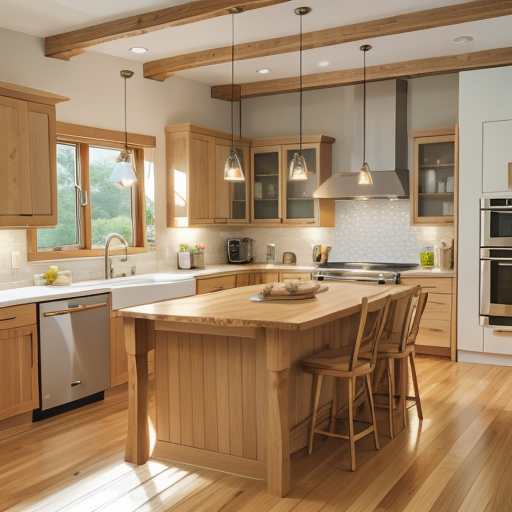
Conclusion:
When it comes to white oak cabinets, the cutting method used—whether quarter sawn or rift sawn—determines the distinct visual characteristics and performance of the final product. Quarter sawn white oak cabinets offer timeless beauty, captivating flecks, and exceptional stability, making them an excellent choice for traditional and elegant spaces. Rift sawn white oak cabinets, with their sleek and consistent linear grain, provide a modern touch and outstanding durability. By understanding the differences between quarter sawn and rift sawn white oak cabinets, you can make an informed decision and create a kitchen or living space that reflects your personal style and withstands the test of time.

